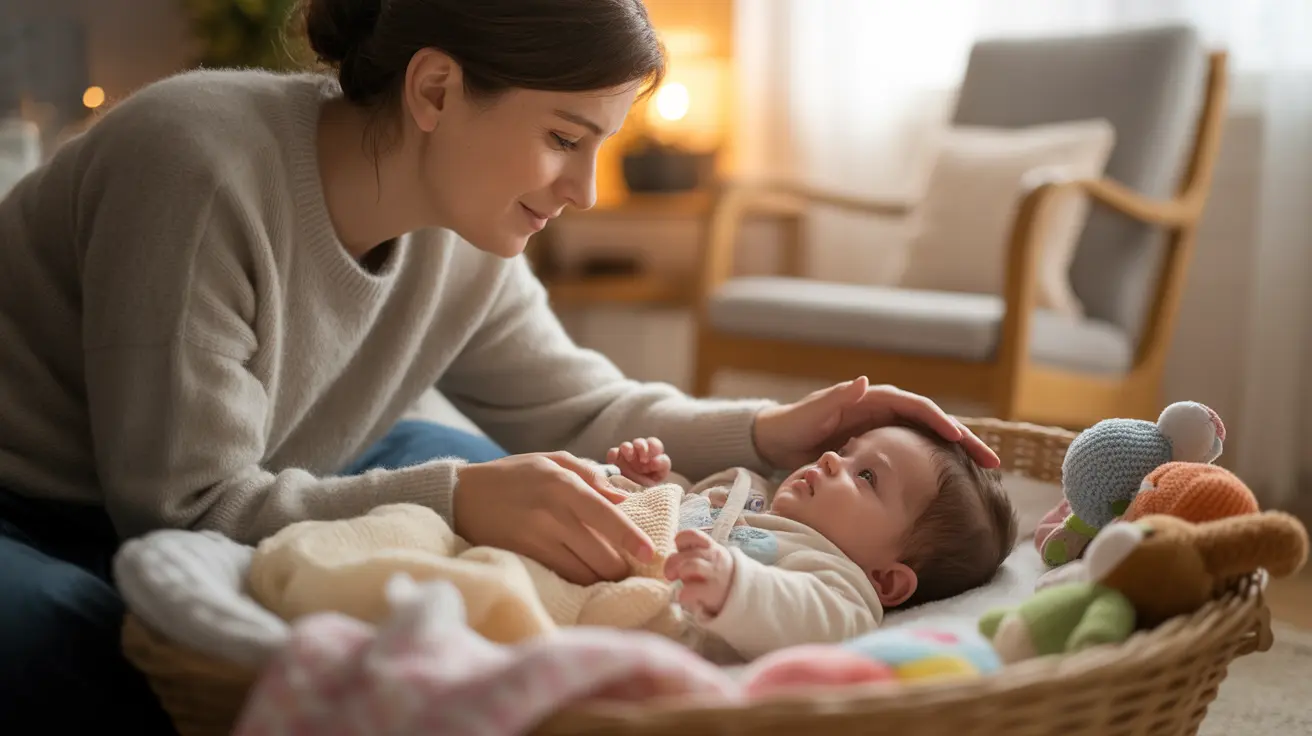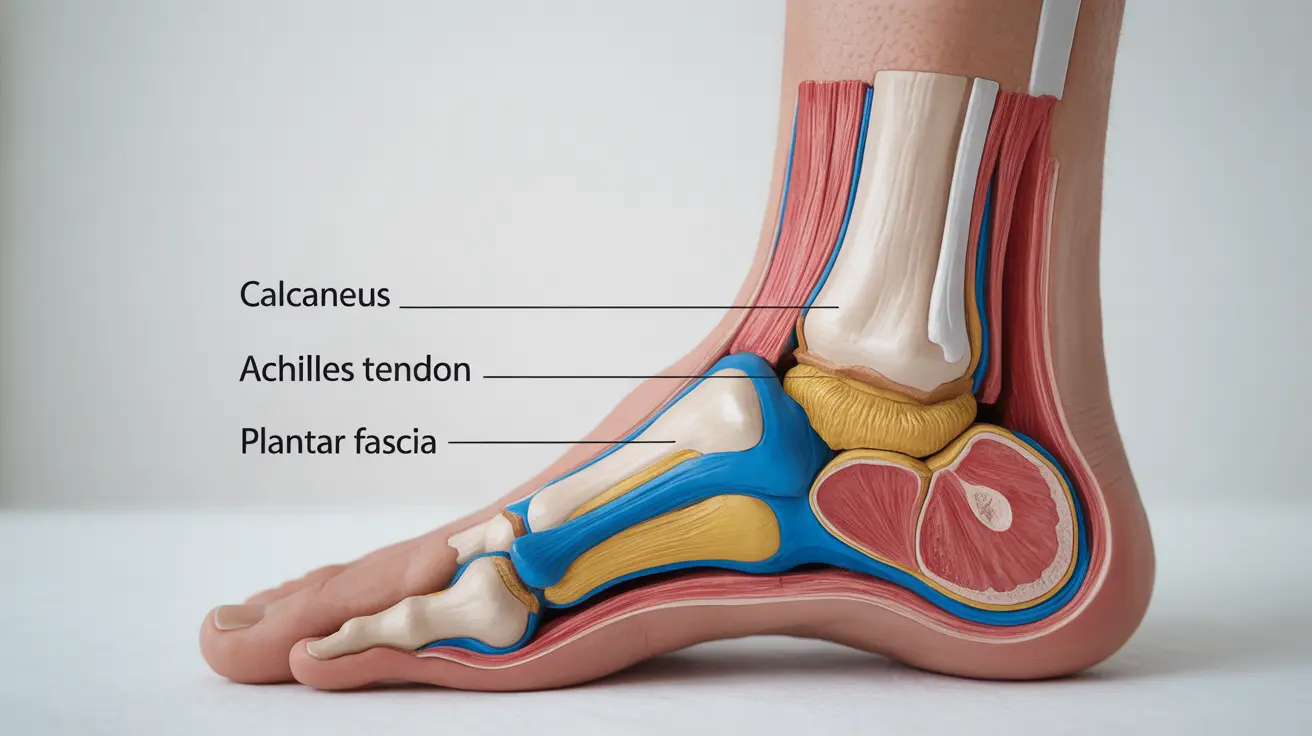When your baby develops a high fever of 103°F (39.4°C), it can be one of the most frightening experiences for any parent. This elevated temperature signals that your baby's immune system is actively fighting an infection or illness, but it also raises immediate concerns about your child's safety and well-being.
Understanding how to respond appropriately when your baby temp reaches 103°F is crucial for every parent. While fever is often a natural immune response, temperatures this high in infants require prompt attention and careful monitoring to prevent complications and ensure your baby receives appropriate care.
Understanding High Fever in Babies
A baby's normal body temperature typically ranges between 97°F and 100.4°F (36.1°C to 38°C). When the temperature climbs to 103°F, it indicates a significant elevation that demands immediate parental response. Unlike older children and adults, babies have immature immune systems and less developed temperature regulation mechanisms, making high fevers potentially more dangerous.
The severity of a 103°F fever varies significantly depending on your baby's age. Newborns and infants under three months old face higher risks with any fever, while babies between three and six months require careful evaluation when temperatures reach this level. Understanding these age-specific considerations helps parents make informed decisions about when to seek medical care.
Immediate Actions for a 103°F Fever
When you discover your baby has a temperature of 103°F, your first priority should be cooling measures and preparation for medical consultation. Remove excess clothing and blankets, leaving your baby in light, breathable garments. This simple step allows heat to escape naturally from your baby's body.
Offer frequent feedings if your baby is breastfeeding or bottle-feeding, as fever increases fluid loss and dehydration risk. For babies over six months, small amounts of water between regular feedings can help maintain hydration. Monitor your baby's breathing, alertness, and overall behavior, as these indicators provide valuable information about their condition.
Contact your pediatrician immediately or consider emergency medical care, especially if your baby is under three months old. Even if it's after hours, most pediatric practices have emergency lines or can direct you to appropriate urgent care facilities.
Age-Specific Temperature Thresholds
Newborns to 3 Months
For babies under three months, any fever above 100.4°F (38°C) constitutes a medical emergency requiring immediate professional evaluation. A temperature of 103°F in this age group represents a serious situation that typically warrants emergency room evaluation, as newborns can develop life-threatening complications rapidly.
The immature immune systems in newborns make it difficult to fight infections effectively, and their small size means dehydration and other complications can develop quickly. Never attempt to treat high fevers in newborns with home remedies alone.
Babies 3-6 Months
Infants between three and six months with a 103°F fever require prompt medical attention, though the urgency may be slightly less critical than with newborns. Contact your pediatrician immediately for guidance, as they may recommend immediate evaluation or provide specific monitoring instructions while arranging an urgent appointment.
This age group still faces significant risks with high fevers, but their slightly more developed immune systems may provide some additional resilience compared to newborns.
Safe Home Cooling Methods
While seeking medical attention for a baby temp of 103°F, you can implement safe cooling measures to help reduce your baby's temperature. Give your baby a lukewarm sponge bath, avoiding cold water which can cause shivering and actually raise body temperature. Focus on areas where blood vessels are close to the skin surface, such as the forehead, wrists, and back of the neck.
Ensure your home environment supports cooling by maintaining a comfortable room temperature around 70-72°F (21-22°C) and using fans to circulate air without directly blowing on your baby. Dress your baby in lightweight, loose-fitting clothing made from breathable fabrics like cotton.
Never use rubbing alcohol, ice baths, or cold compresses, as these methods can cause dangerous temperature fluctuations and may be harmful to babies. These traditional cooling methods can lead to hypothermia or shock in infants.
Warning Signs Requiring Emergency Care
Certain symptoms accompanying a 103°F fever indicate serious complications requiring immediate emergency medical attention. Watch for signs of dehydration, including fewer wet diapers than usual, sunken eyes, dry mouth, or absence of tears when crying.
Neurological symptoms represent particularly concerning developments. Seek emergency care immediately if your baby experiences febrile seizures, unusual irritability or lethargy, difficulty breathing, persistent vomiting, or a rash that doesn't fade when pressed. These symptoms may indicate serious conditions such as meningitis, sepsis, or other severe infections.
Changes in your baby's cry, such as a high-pitched or weak cry, or difficulty waking your baby also warrant emergency evaluation. Trust your parental instincts – if your baby seems significantly different or sicker than usual, seek medical care immediately.
When to Call Your Doctor
For babies under six months with any fever, contact your pediatrician immediately. The threshold for concern is much lower in young infants, and what might seem like a manageable fever in an older child can quickly become dangerous in babies.
Even for babies over six months, a temperature of 103°F requires professional medical evaluation. Your pediatrician can provide guidance on whether immediate emergency care is needed or if urgent office evaluation is appropriate. They may also provide specific instructions for monitoring and care while arranging prompt medical assessment.
Document your baby's temperature readings, timing of fever spikes, any medications given, and accompanying symptoms. This information helps healthcare providers make informed decisions about treatment and evaluation needs.
Frequently Asked Questions
What should I do if my baby has a temperature of 103°F?
Immediately contact your pediatrician or seek emergency medical care, especially if your baby is under six months old. While waiting for medical attention, remove excess clothing, offer frequent feedings to prevent dehydration, and use lukewarm sponge baths to help cool your baby safely. Never use cold water, ice, or rubbing alcohol for cooling.
When is a fever in a baby considered an emergency that requires immediate medical attention?
Any fever in babies under 3 months old requires emergency care. For older babies, seek immediate medical attention if the fever is accompanied by difficulty breathing, persistent vomiting, signs of dehydration, unusual irritability or lethargy, febrile seizures, or if your baby seems significantly ill. A temperature of 103°F always warrants urgent medical evaluation regardless of age.
How can I safely reduce my baby's high fever at home?
Safe methods include removing excess clothing, ensuring adequate hydration through frequent nursing or bottle feeding, giving lukewarm sponge baths, and maintaining a cool room temperature. For babies over 6 months, your pediatrician may recommend appropriate doses of infant acetaminophen or ibuprofen. Never use aspirin, cold baths, or rubbing alcohol on babies.
At what temperature should I call a doctor for a baby under 6 months old?
Contact your doctor immediately for any fever over 100.4°F (38°C) in babies under 3 months, and for any fever over 101°F (38.3°C) in babies 3-6 months old. However, many pediatricians recommend calling for any fever in babies under 6 months, as their immune systems are still developing and complications can arise quickly.
What signs and symptoms alongside a 103°F fever indicate a serious illness in babies?
Warning signs include difficulty breathing or rapid breathing, persistent vomiting, signs of dehydration (fewer wet diapers, sunken eyes, no tears when crying), unusual irritability or extreme lethargy, febrile seizures, skin rash that doesn't fade when pressed, high-pitched or weak crying, and difficulty waking. Any of these symptoms require immediate emergency medical attention.



